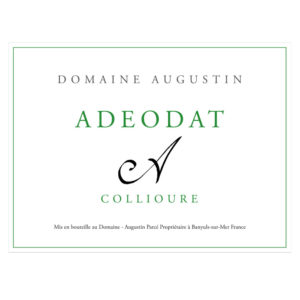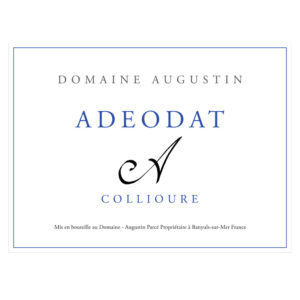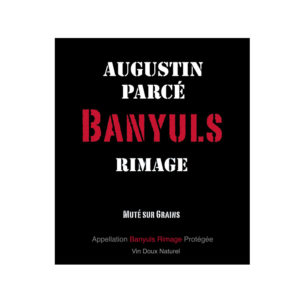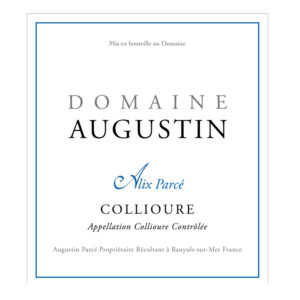Through centuries, Collioure-Banyuls vineyard was not worried about management and preservation of his viticultural landscape.
Each family who lived in the region owned at least a vine parcell she maintain in additional of them real job. This vine parcell permitted to bring to the home an additional income.
This vine ancestral culture permit to pass down, through the ages the typical agricultural practices, themselves reproduced on elders techniques.
Vineyard is characterized by the instability of schist soils. The rock flushed in places and the Throughout the centuries, the Collioure-Banyuls vineyard has not been concerned about the management and conservation of the wine-growing landscape. Each family in the region owned at least one plot of vines that they maintained outside their professional activity and which provided the household with a small additional income. This ancestral culture of the vine has also made it possible to transmit through the ages the cultural practices of the terroirs, which are themselves reproduced on those of the elders.
The vineyard is characterized by the instability of schistose soils. The outcropping rock in some areas and the dry stone installations (low walls and hydraulic structures) make mechanisation projects difficult or even impossible if we want to preserve the architecture of the traditional vineyard.
In traditional vineyards, by the sea or in valleys close to the coast, viticultural work is carried out manually and involves very high production costs.
Until the 1950s, the control of grass cover, which is the main concern of winegrowers, was limited to mechanical tillage, manual or assisted by animal power. With the advent of herbicides, which have made it possible to manage the adventitious flora in the vines, tillage has been replaced by the so-called “non-cropping” technique. This method makes it possible to limit the phenomena of competition by reducing the difficulty of tillage and considerably reducing maintenance costs.
A few decades have been enough to reveal the limits of this farming practice, on the one hand because of the resistance of certain species to chemical molecules, and on the other hand because of the public’s awareness of water pollution by herbicides.
The return to ploughing and maintenance practices, replacing “non-cropping” techniques favouring the use of herbicides, therefore remains a priority. However, under the most extreme conditions of slope and width of the vineyard terraces, mechanisation, even with equipment adapted to the mountain vineyard, is impossible.
Faced with this situation, the use of animal traction, traditionally practiced until the 1950s, may once again become one of the alternatives to the use of herbicides.
The main obstacle to the widespread use of this technique is its cost, whatever the methods of implementation (by the winegrower himself, or by a service provider).
Unlike the traditional vineyard, which has only been able to develop and survive thanks to the protection system designed by the old ones: terraces, networks of rainwater drainage channels “peus de gall” (rainwater networks), the longevity of these new vines should be shorter, each new rainfall causing major damage and the transfer of materials downstream.
Experimented alternative techniques to chemical weeding (manual tillage, ploughing by animal traction or caterpillar, controlled weeding, thermal weeding, biodegradable mulching) could be a solution, but the additional production costs are very high, too high to be borne by the winegrowers.
Yields per hectare are very low on the vineyard, generally less than 15 hectolitres per hectare. Dry stones constructions (low walls and canals) makes mechanization works difficult even impossibles if we want to conserve the vineyard traditional architecture.
In traditionnels vines, seaside or in valley near the coastline, viticultural works are realized by hand, hence the production costs are considerable.
Until the 50’s, the weed control, what is the major preoccupation of winegrowers, was limited weeding made by hand or with animal traction. With the market entry of herbicides who permit to control weed in vine parcells, traditionnal works were replaced by “non-culture” technique.
This method enable to limited competition phenomenon and diminish the onerousness of soil work and reduce considerably production costs.
Some decades were enough to shows limits of this cultural parctice. On the one hand because of resistance to chemicals of few weeds, on the other hand because of awareness of people concerning water pollution to herbicides.
The come back to ploughing and maintenance practices, in substitution of “non-culture” techniques is the priority. However, in theses extreme work condition of steep slopes and small terrace, mechanization even with appropriate tools is sometime impossible.
In view of this, resorting of animal traction, traditionally practiced in the 50’s, can be used again in substitution to pesticides. The main impediment to the spread of this technique is it cost.
la longévité de ces nouvelles vignes devrait être plus réduite, chaque nouvelle pluie provoquant des dégâts importants et des transferts de matériaux vers l’aval.
Each new rain provoque important damages and the longevity of the new vines are compromised.
Theses alternative methods to chemicals weeding (hand works, ploughing with animal traction, weeding control, thermical weeding, biodegradable straw-mulching) could be a solution but the production over costs are very important, sometimes too important to be assumed by winegrowers.
Yields are very feeble, generally under 15 hectolitres per hectare.




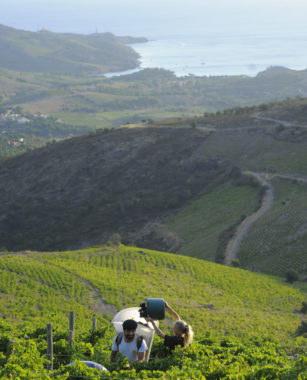 Collioure and the Côte Vermeille region has passed over the centuries into the hands of different peoples and nations who have inscribed their heritage there. The occupation of the territory began first with the Celts, then the Romans, tireless conquerors. Charlemagne and the Franks also passed through the region before leaving the territory in the hands of the Count of Barcelona and King of Aragon, Peter II, who himself left Collioure to the Templars of Mas Deu. The Knights Templar brought an episode of prosperity to Roussillon by revolutionising the organisation of the vineyard thanks to the principle of a network of filtering and drainage of rainwater (peus de galls), which is still used today.
Collioure and the Côte Vermeille region has passed over the centuries into the hands of different peoples and nations who have inscribed their heritage there. The occupation of the territory began first with the Celts, then the Romans, tireless conquerors. Charlemagne and the Franks also passed through the region before leaving the territory in the hands of the Count of Barcelona and King of Aragon, Peter II, who himself left Collioure to the Templars of Mas Deu. The Knights Templar brought an episode of prosperity to Roussillon by revolutionising the organisation of the vineyard thanks to the principle of a network of filtering and drainage of rainwater (peus de galls), which is still used today.


